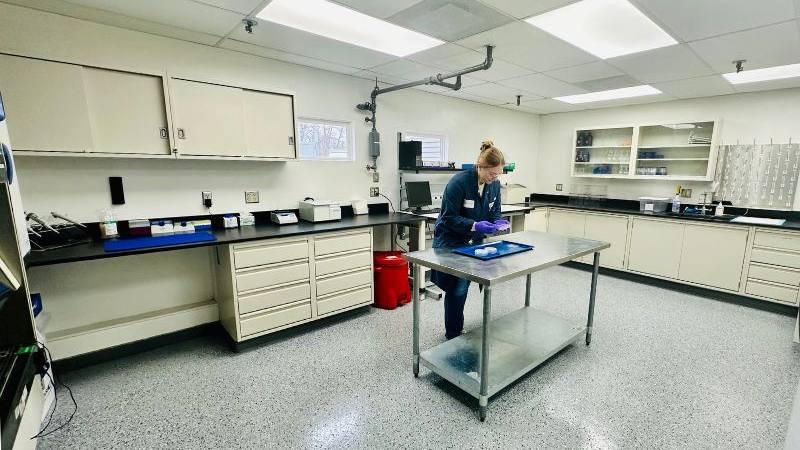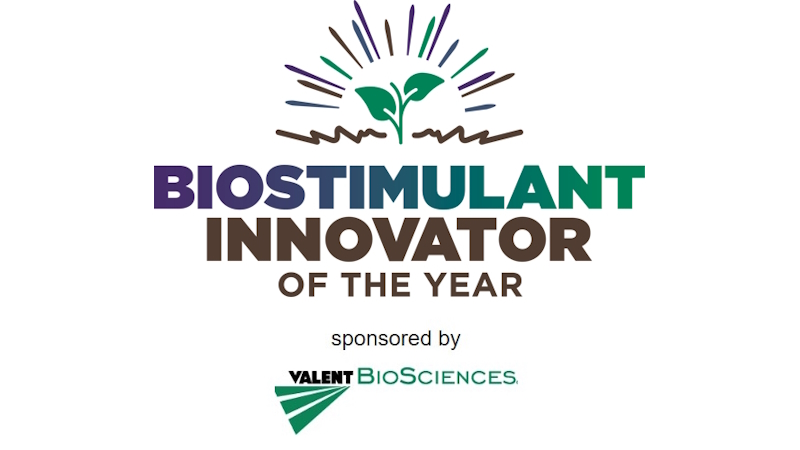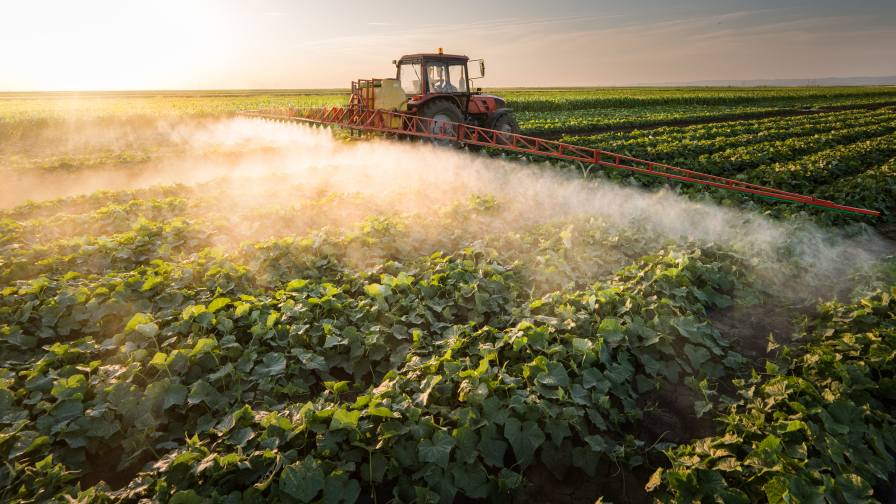Ag Tech Talk Podcast: Biome Makers’ Meri Mullins and Gus Plamann Share Insight on Irrigation Technology
In this episode of Ag Tech Talk by AgriBusiness Global, Biome Makers’ Gus Plamann, Senior Technical Agronomist, and Meri Mullins, Director of Global Accounts, discuss drought regulation and increasing expectations for sustainability efforts. Founded in California’s Silicon Valley in 2015, Biome Makers is one of the foremost global AgTech leaders, setting the standard in soil health with BeCrop technology.
*This is an edited and partial transcript of this podcast.
ABG: In what ways have advancements in biostimulant technologies improved their effectiveness in mitigating the impact of abiotic stressors on plant growth and development?
Gus Plamann: Biostimulants have really come a long way. There is an increase in research and development and a lot more focus on biological product modes of action coming out. That’s one of the cool things about being in a position to be able to measure some of the effects of these biostimulants. Over the years, biostimulants have improved their ability to support abiotic stress tolerance.
A lot of the early biostimulants and biologicals contained typically just a single strain or species of microbe, going back to products that were around in the 1990s and early 2000s. In recent years, there’s been a lot more of a focus on more diverse products that might have 5, 10, or even 20 or more different strains cultured for a biostimulant. One of the reasons is to introduce microbe strains that support plant stress response.
The microbes deal with stress, too. They have certain environmental conditions they may prefer such as degree of baseline soil moisture, different levels of salinity, pH , nutrient levels, and all sorts of other factors that can dictate microbes’ survivability and performance. Some of those microbes may persist in certain environments, others may not, but if they have more diversity in a product then they may increase the likelihood of establishing good performers in certain soil conditions.
You may have some soils that really need more microbes to directly help the plant deal with water stress and then other soils that might have very low organic matter. You may benefit more from microbes that can build up that organic matter and improve water and holding capacity. So having microbes that perform multiple functions is another advancement that we’re seeing .
ABG: What are the challenges in integrating biostimulants into existing irrigation systems?
Meri Mullins: Some of the challenges that come with biostimulants in existing irrigation systems are water and other product compatibility. Biostimulants can be added directly through existing irrigation systems, which I think is a really amazing opportunity for adoption of these types of products.
Health of soils is through big management changes like introducing cover crops or leaving residue behind, or changing tillage practices that can sometimes require big investments in new equipment, where integrating biostimulants into your existing irrigation system or existing product application system is less expensive and easier to do.
There are obviously challenges sometimes with compatibility. But it’s also an amazing opportunity to increase resilience into your system through existing equipment.





